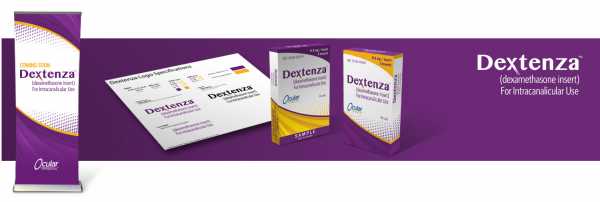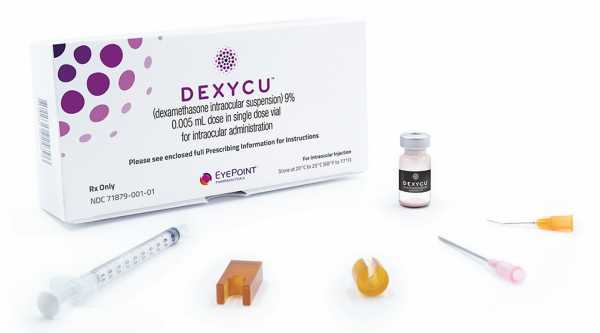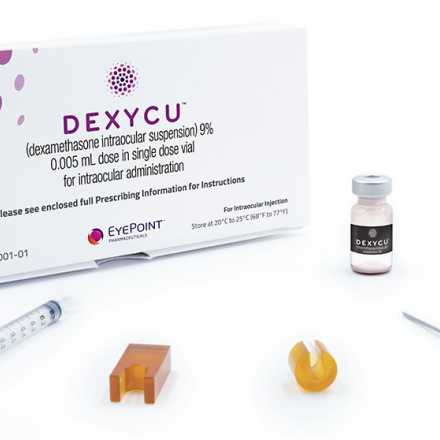
Dextenza for Intracanalicular use
Dextenza is a 0.4 mg dexamethasone ophthalmic insert for intracanalicular use. It is approved By FDA for the treatment of pain and intraocular inflammation after ocular surgery such as cataract surgery
Features of Dextenza:
1- Single use.
2- Yellow Fluorescent 3 mm cylindrical shape.
3- Sterile.
4- Has no antibacterial preservative.
5- Doesn’t require removal as it is resorbable but in some cases where the removal is required, this can be done by manual removal or saline irrigation of lower punctum.
6- Inserted in the lower lacrimal Punctum.
7- It releases 0.4 mg of dexamethasone for up to 30 days.
Steps of intracanalicular insertion of Dextenza
1- Do not Sterilize the insert.
2- Dilate the lower lacrimal punctum with ophthalmic dilator if necessary.
3- Don’t insert it in case of perforation occur during the insertion.
4- The Dextenza should be placed just below the opening of lower punctum, excessive squeezing of the implant can cause damage.
5- Try not to hydrate the implant. Dextenza hydrate quickly and will expand. It can be difficult to insert it
Warning and Precautions
1- This implant has dexamethasone and it can cause high intraocular pressure during treatment. It should be used in caution with regular monitoring of intraocular pressure
2- Corticosteroid can suppress the immunity so it can increase the risk of bacterial, viral and fungal infection of the cornea, conjunctiva and lacrimal canaliculi.
3- In general, ocular steroids may slow the rate of ocular healing.
4- There is no adequate data for the safety of Dextenza in pregnancy.
5- There is no information about the appearance of Dextenza in human milk or what are the effects on breastfed infant but in general systemic corticosteroid appear in human milk in lactating women and it can affect the production of endogenous corticosteroid.









